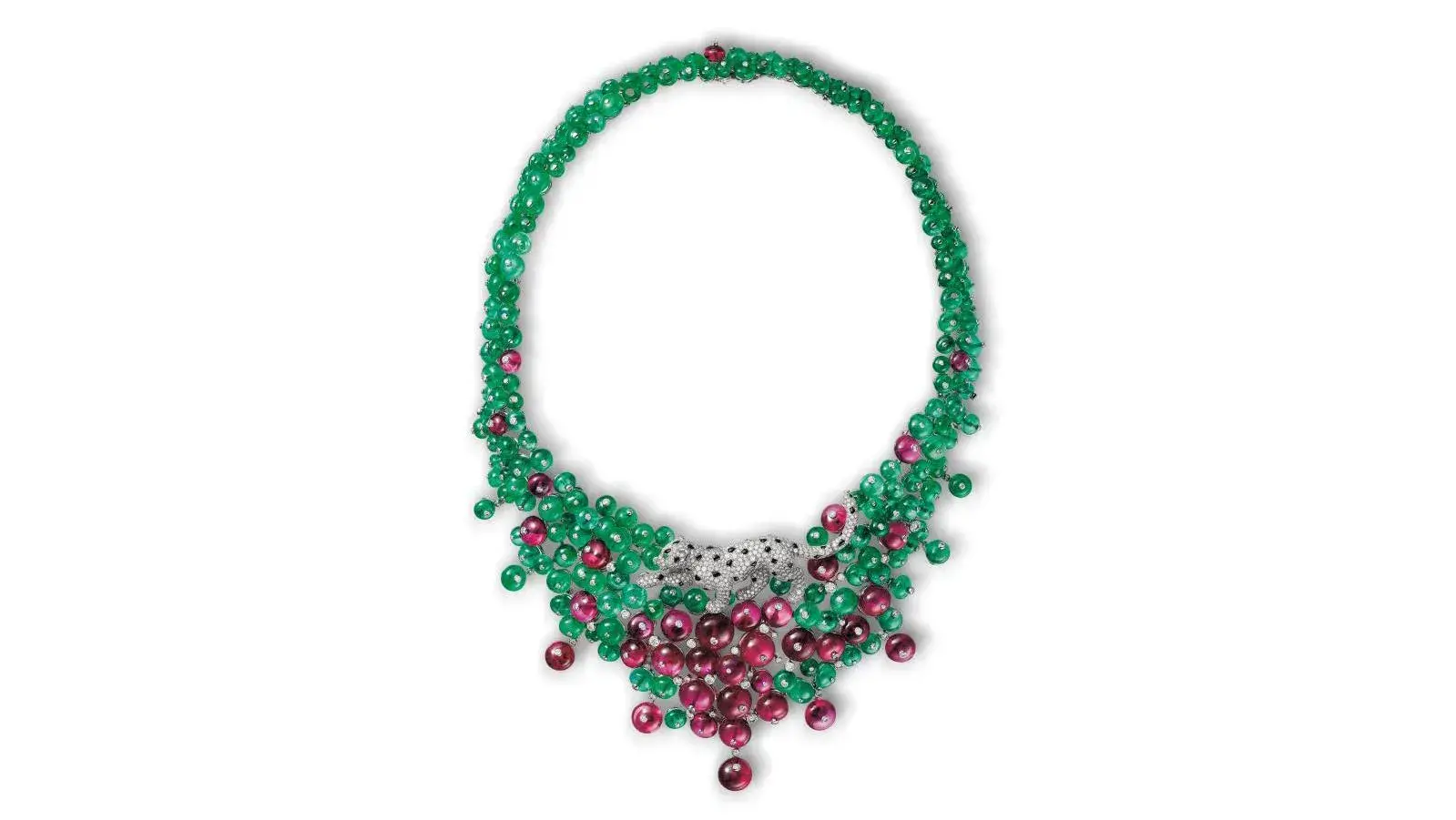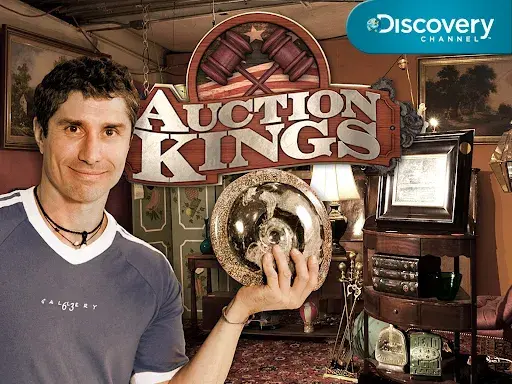P is for Cartier’s Panther
Published on

Making an unobtrusive appearance in 1914, the indomitable feline eventually made a deep mark on the jewelry company, and became an icon. Under director Jeanne Toussaint’s leadership, it inspired magnificent creations and remains very much alive today. “Panthère flâneuse” (“Strolling Leopard”) necklace (2017): platinum, emerald and rubellite beads, onyx, emerald eyes, diamonds.© Cartier Celebrated in brooches, bracelets, watches and necklaces, the panther has padded through Cartier's collections for over a century. It has won over the world's most elegant women throughout the decades, including the Duchess of Windsor, her contemporary Daisy Fellowes (heiress to the Singer company), Princess Grace of Monaco, Princess Shirin Aga Khan,









